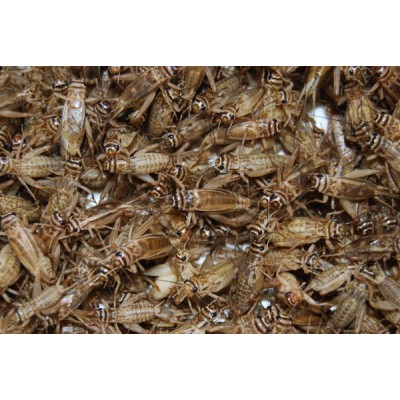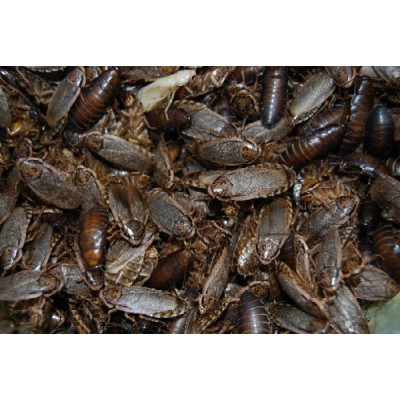Centralian Knob-tailed Gecko (Caresheet)
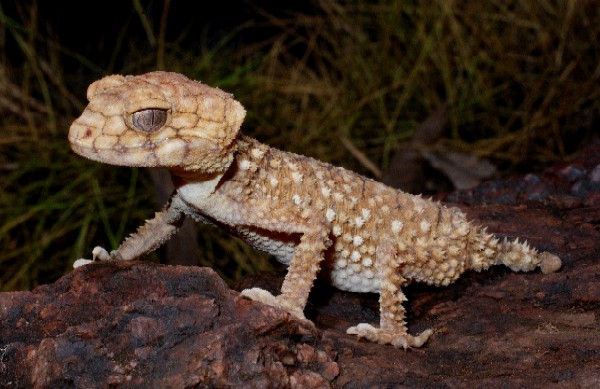
CAPTIVE HUSBANDRY
In captivity a diet comprising exclusively of insects is preferable for Centralian Knob-tailed Gecko's (Nephrurus amyae). Some keepers regularly offer newborn pinky mice but these should be avoided unless the reptile is severely depleted of condition such as post-breeding females when they should be offered very sparingly. They do not dig their own burrows and are happy to hide beneath a suitable object such as a piece of bark or an upturned pot plant saucer. The depth of substrate in the enclosure only needs to be 20-30mm. Their different habits also mean they are less reliant on humid microenvironments, so most of the enclosure should be maintained with a dry substrate. However, it is still important to provide one area of substrate that is moistened once or twice a week as this will aid at sloughing time. Centralian knobtails are large geckos requiring an enclosure approximately 80x40x30cm high for a pair, although it may be possible to keep more than one male in a larger enclosure without any undue aggression.
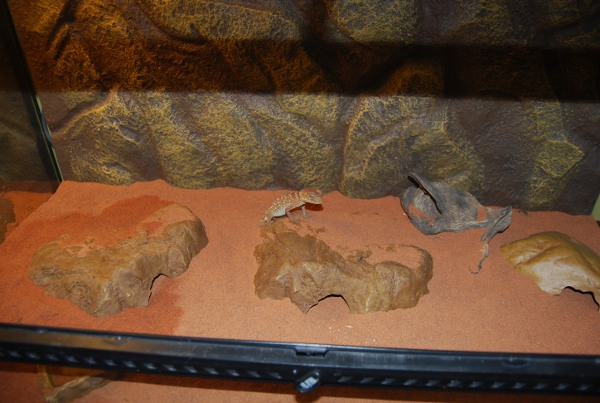
CAPTIVE BREEDING
The moist corner mentioned above should be maintained throughout spring and summer, as this will be the spot where the females will deposit their eggs. Alternatively, a plastic container with a side access hole could be provided for this purpose. It should be large enough for an adult gecko to crawl inside and turn around easily and it should be partially filled with moist sand or a sand/palm peat mixture, which will hold the moisture slightly longer than straight sand. Due to the size of these geckos it is often difficult to tell if females are gravid until a couple of weeks before egg-laying when the abdomen is obviously distended and the whitish outline of the fully formed eggs can be seen through the abdominal wall. The eggs are very large and will take up to 100 days to hatch depending on incubation temperature, which should be in the range of 27-29°C. These are not particularly productive geckos especially when compared to other knob-tailed geckos such as N. levis, with females rarely producing more than 2 clutches per season.
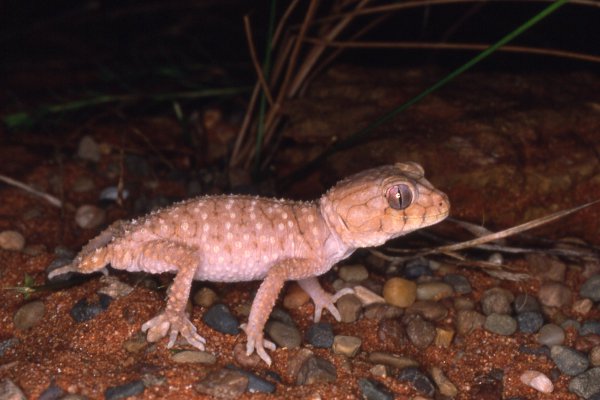
HATCHLING CENTRALIAN KNOB-TAILEG GECKO
- All images property of Gunther Schmida & Rob Porter
OpenCart Maintenance
© Copyright 2001-2025 Livefoods Unlimited - All Rights Reserved
Tel: 0400464505 - livefoods@outlook.com - A.B.N 37 960 709 736

